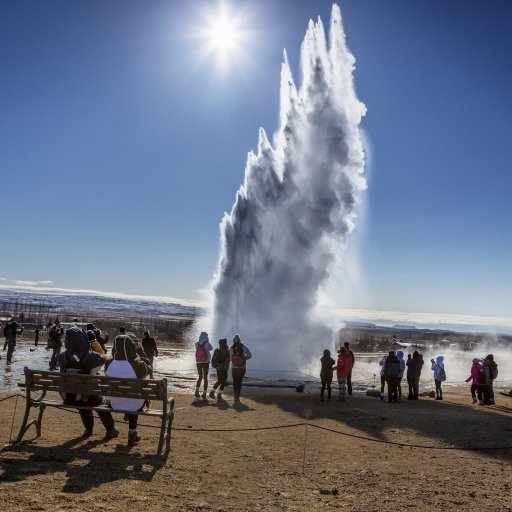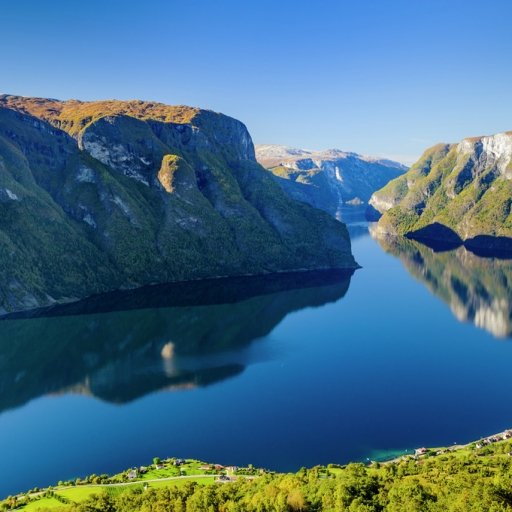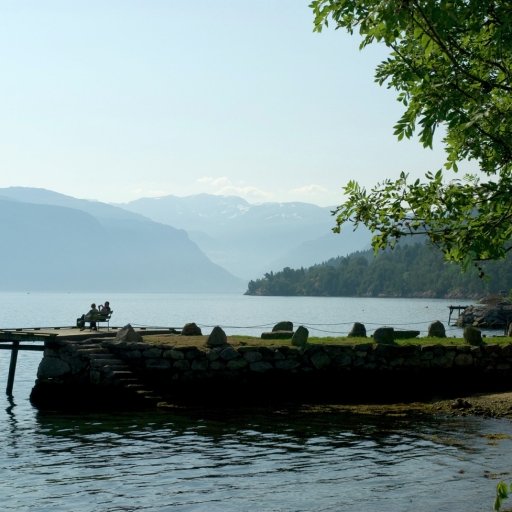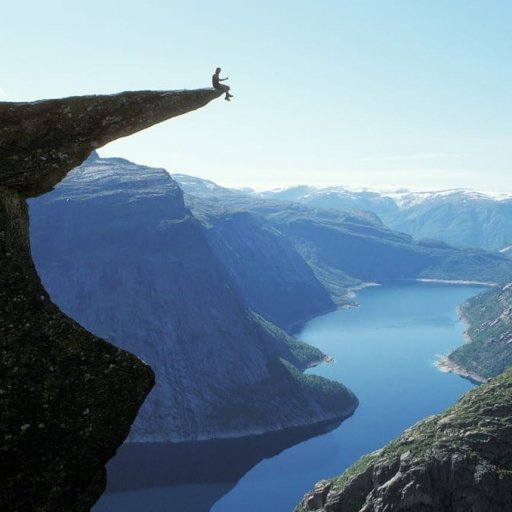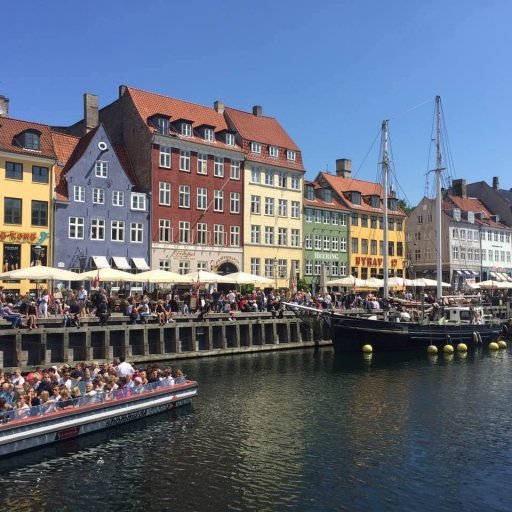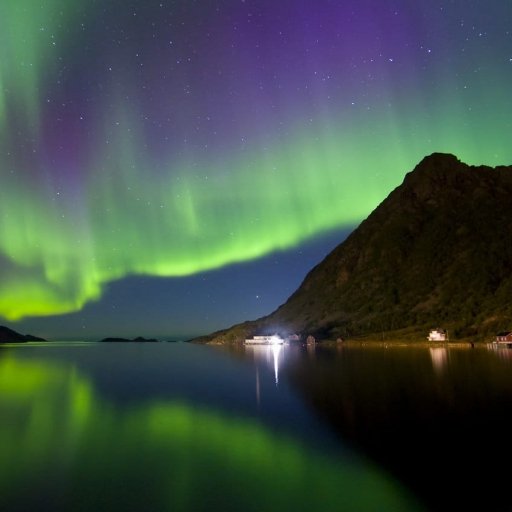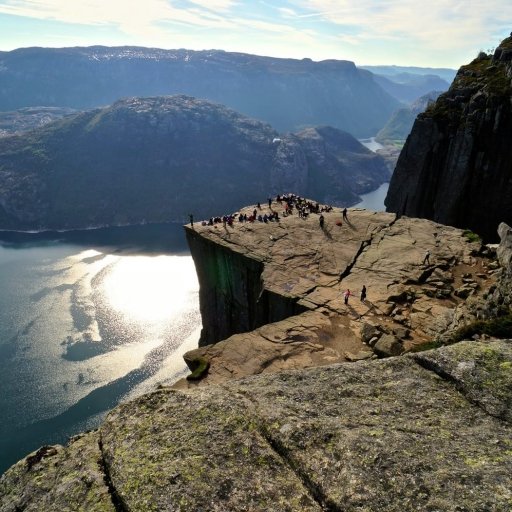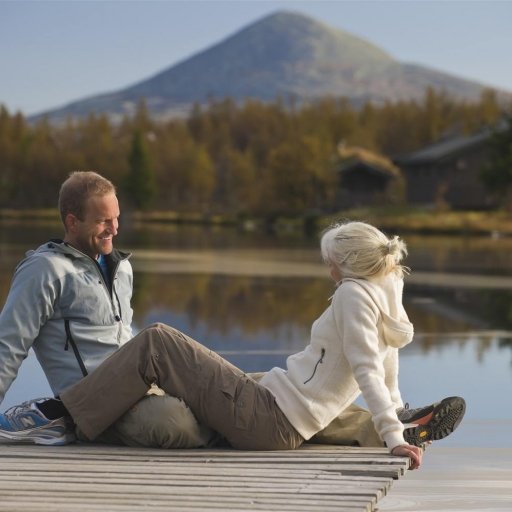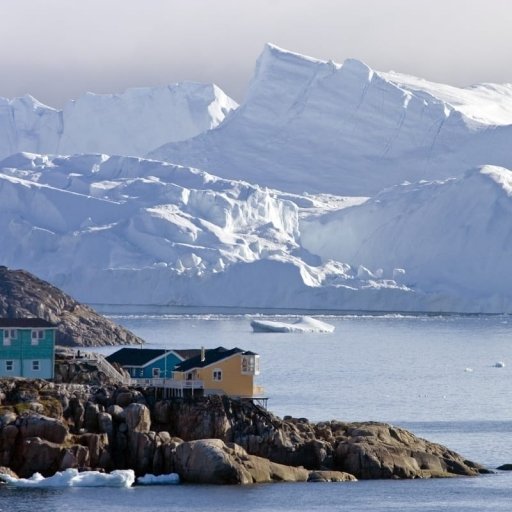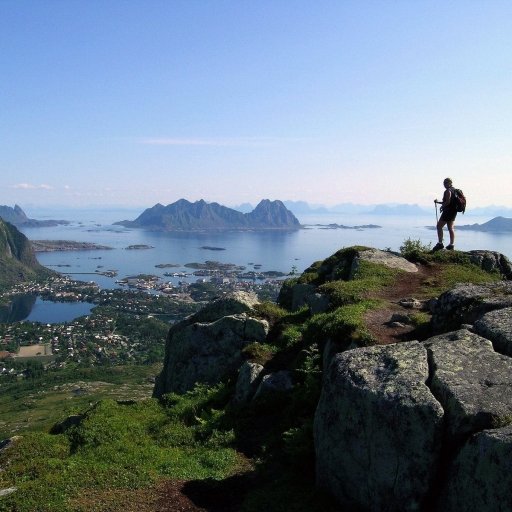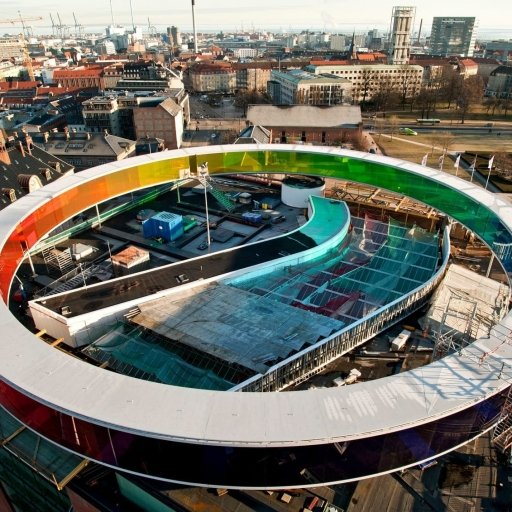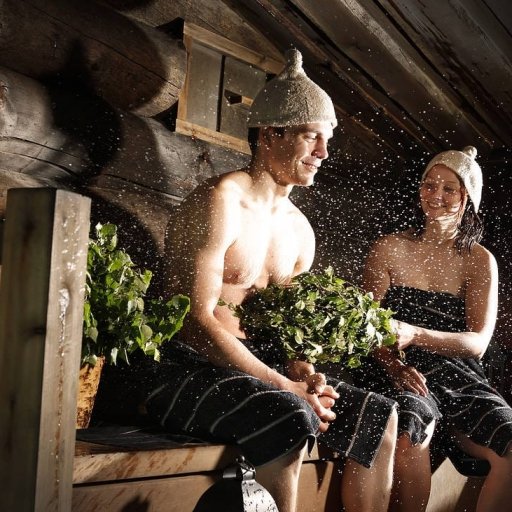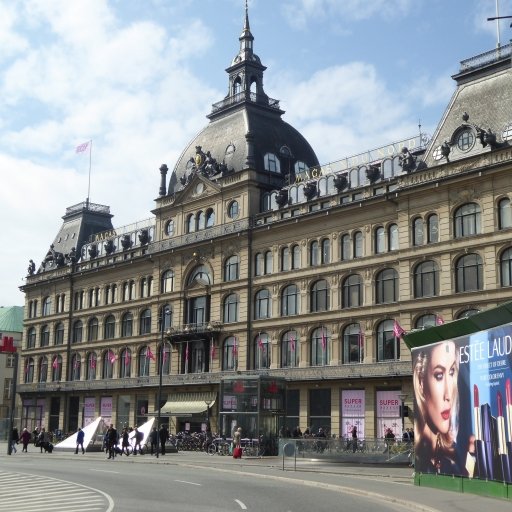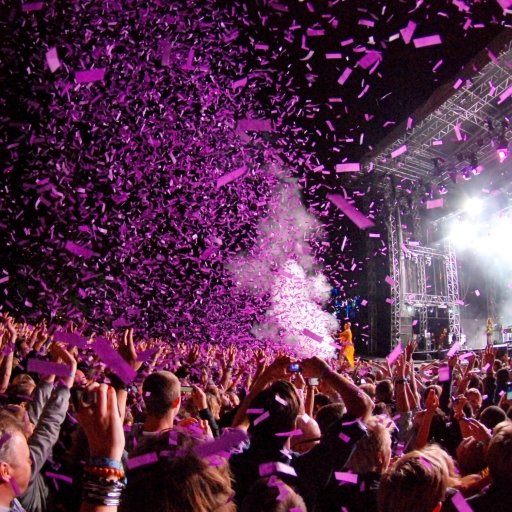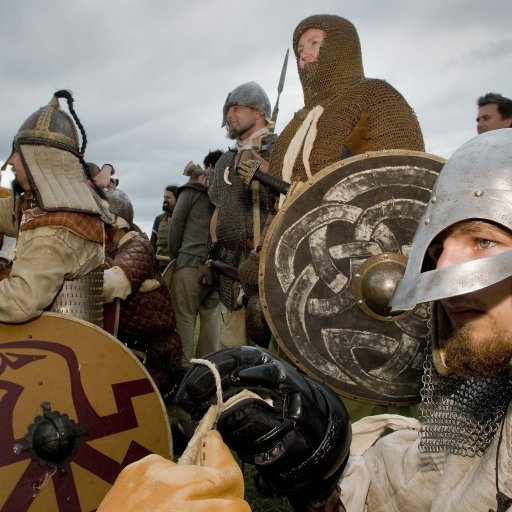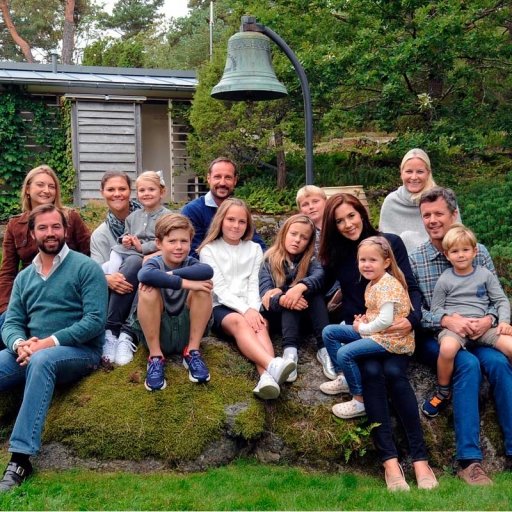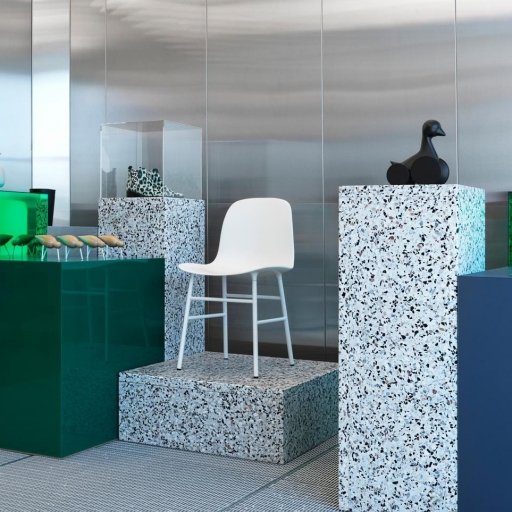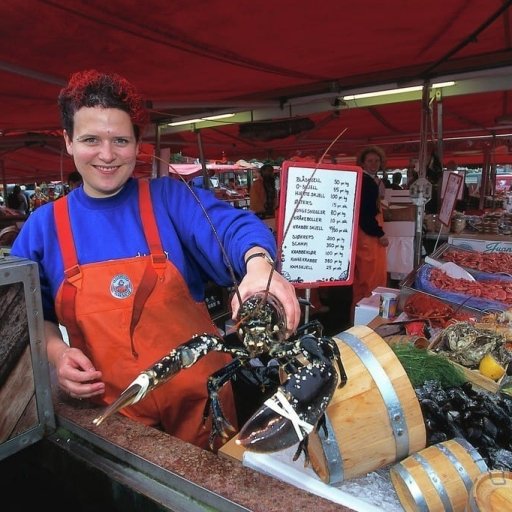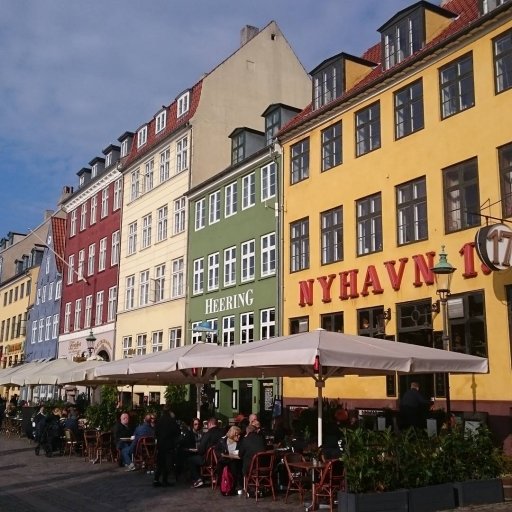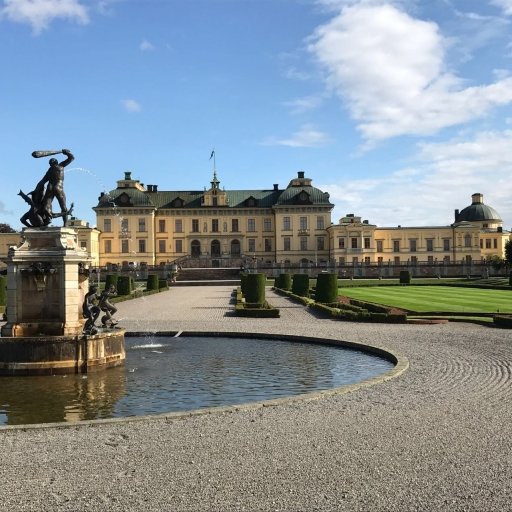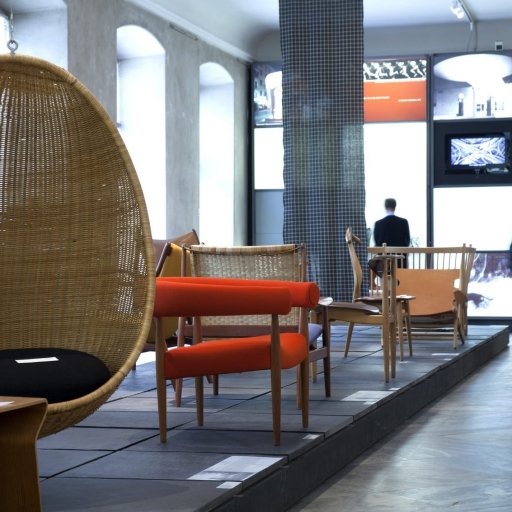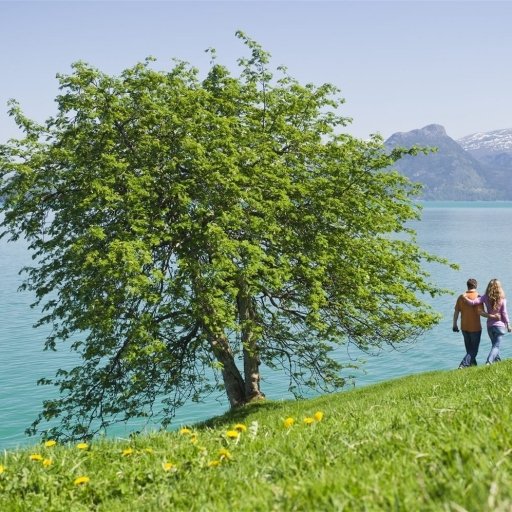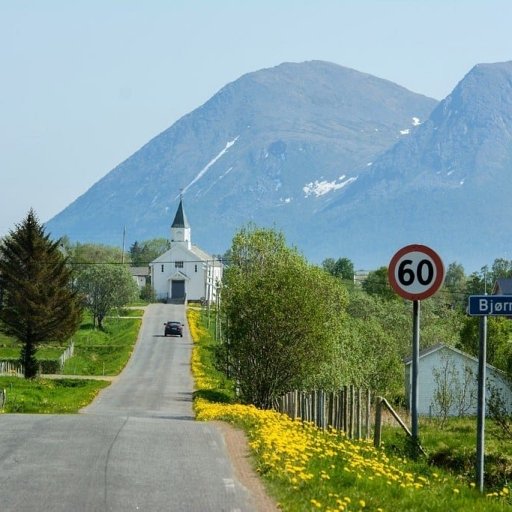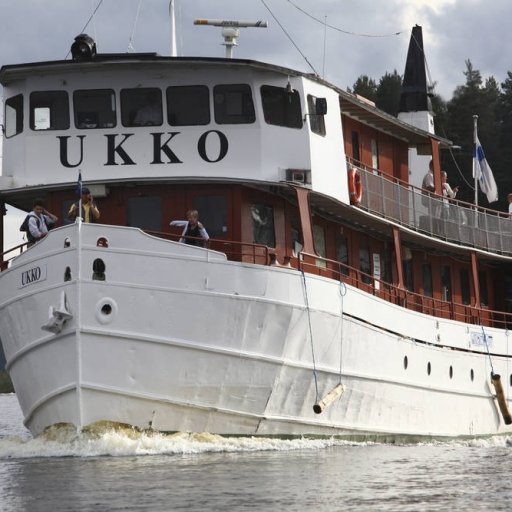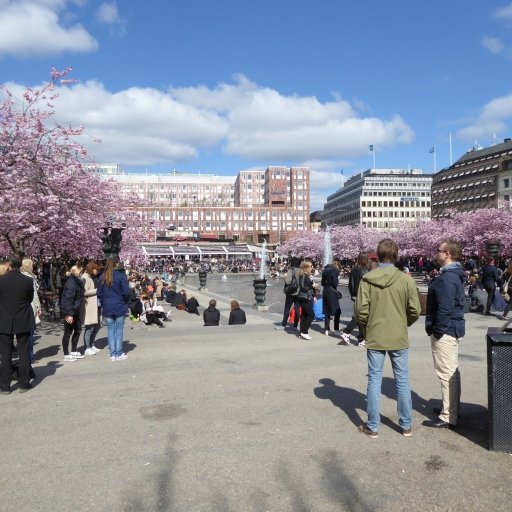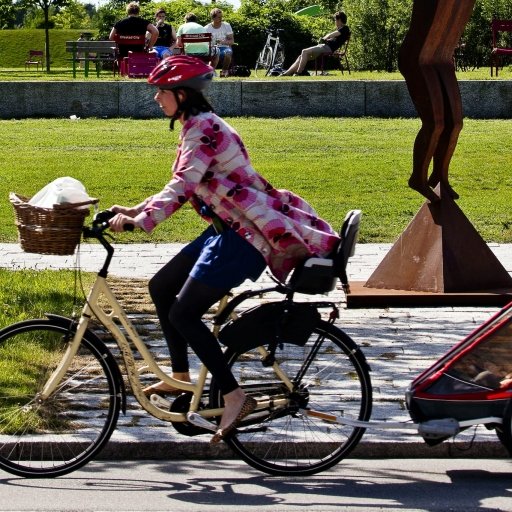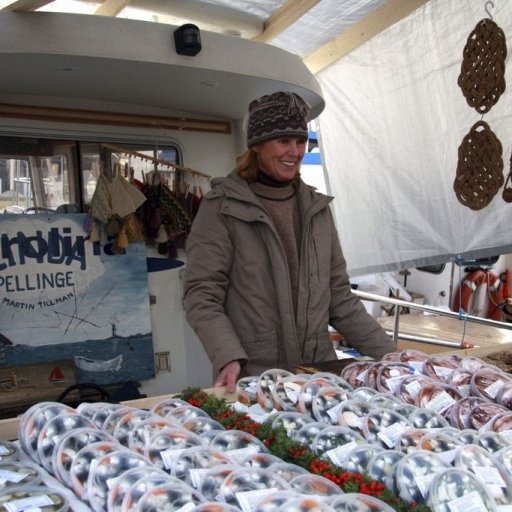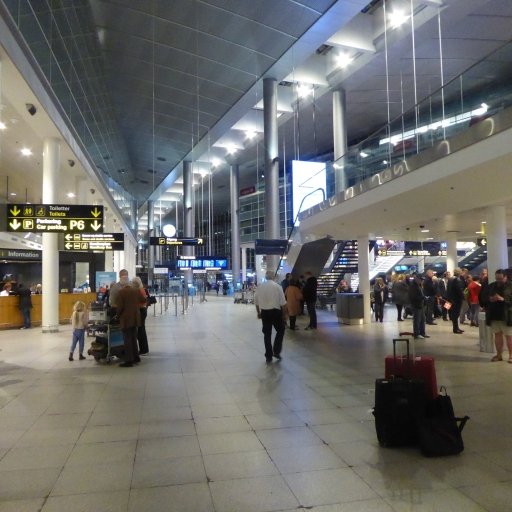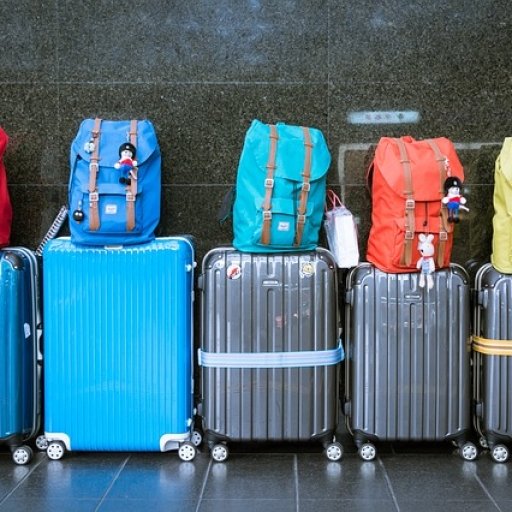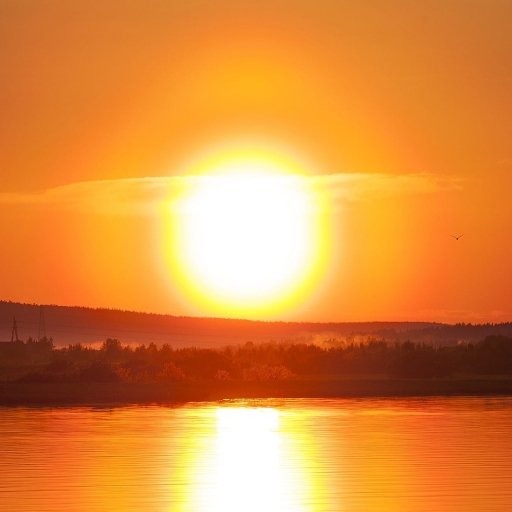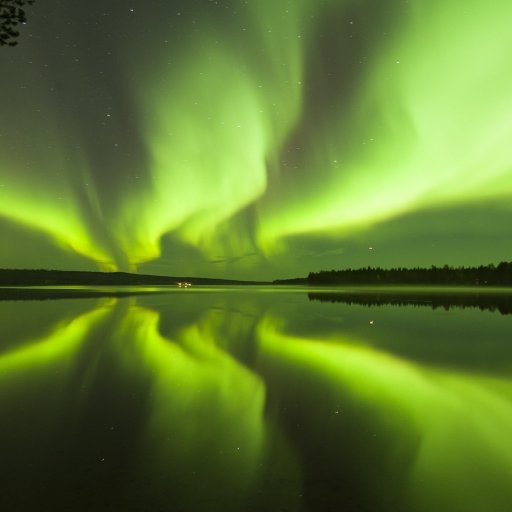Get to know the Nordic Countries
The Nordic countries are a region in Northern Europe consisting of Denmark, Sweden, Norway, Finland, Iceland, and the territories Åland, Faroe Islands and Greenland.
Many use Scandinavia as a synonym for the Nordic countries, but this term covers only Denmark, Sweden, and Norway.
The word "Nordic" comes from the term "Norden," which means "the northern lands". The Nordic countries have much in common in history, lifestyle, language and social structure.
The countries vary in geography. The natural environment is made from the sea, mountains, forests, archipelago, lakes, and fjords to marshlands.
There are plenty of things to see in the Nordic countries, like city life, Arctic adventures, mountain biking, camping, island hopping, road touring, or hiking in the wilderness.
See more: What are the 3 Scandinavian countries
What is special about the Nordics
The Nordic countries have been ranked consistently as the best countries to live in in the last ten years.
In the news, you see that they have the best work-life balance globally, the other day about the best school system, the happiest nation in the world, or the best country for women to live in.
Denmark, Norway, Finland and Sweden have become icons of fair societies with high economic productivity and quality of life.
What is the secret behind this? Collaboration, not competition, is the driving force behind the Nordic model. Thanks to an extraordinary balance of cooperation and competition, the Nordic countries have created sustainable modernity and illustrated collaboration's competitive advantage.
See also: Travel guide to the Nordic countries
What is the Nordic model
The Nordic countries have established global leaders regarding gender equality, healthcare, innovation, and environmental stewardship.
The countries are renowned for the high standard of living they offer their inhabitants. The Nordic countries are paradigms of equality, good education, female empowerment, and progressiveness.
The Nordic countries share an economic and social model that combines a market economy with a welfare state financed by high taxes.
In the Nordic model, welfare is a central part of everybody's life. The countries have free education, healthcare has low fees in most cases, and most children go to public daycare in the Nordic countries.
The model has been successful. The countries are among the wealthiest worldwide. The Nordic countries have a very flexible labour market and use a flexicurity system where the employers can easily dismiss the workers secured by high unemployment benefits.
Read more: Famous Nordic Brands
Read more: Why visit the Nordic countries
Nordic creativity and innovation
The Nordic countries often top international surveys regarding creativity and innovation power, which is also rooted in the Nordic model. As parts of the business are specialized and high-tech, this allows creative and innovative skills to be developed.
Investments in education and research open social security opportunities to take risks—to dare to fail, which is essential to innovation.
About Nordic welfare
In international comparisons, Nordic countries often combine a high standard of living with equality and a large public sector. This combination is called the "Nordic welfare model," and it builds upon the general organizational principles of Nordic social and welfare policy.
The social security net is central to the Nordic welfare model. It is rooted in the principle of universal rights, and everybody has the individual right to assistance from the public sector if they cannot look after themselves. These rights are the same for all, regardless of income and assets.
See also: When to visit the Nordic countries
The Nordics are the happiest in the world
Finland is no. 1 in happiness. Finland is the world's happiest country and has been this for 7 years now, according to the 2024 World Happiness Report. Other top nations on the list are Denmark (no. 2) and Iceland (no.3)
The report found that all three top-ranked countries rank highly on the main factors that support happiness: caring, freedom, generosity, honesty, health, income, and good governance.
At the "World Happiness Report 2024", four Nordic countries are in the top 3:
1) Finland
2) Danmark
3) Iceland
4) Sweden
5) Israel
Norway is number 7
Nordic lifestyle
Today, the Nordic capitals are some of the most eco-friendly cities in the world. Many hotels and restaurants create green solutions for their clients, and many biking and pedestrian zones are in the Nordic capitals. The Nordic countries live close to nature, and the Nordic lifestyle offers ample opportunities to lead a life that puts family and quality time outside work on par with career and work.
Of course, differences between Nordic countries are apparent. Still, people generally focus more and more on a healthy lifestyle, including sports and eating eco-food.
Nordic history
The Nordic Region has been a part of Europe since the Viking era. After conversion to Christianity in the 11th century, three northern kingdoms, Denmark, Norway, and Sweden, emerged, and the Nordic Region became a part of Europe.
The three kingdoms and a union (approx. 1050–1500) increased their trade in the Middle Ages. Consequently, the Nordic Region integrated into Europe, and Nordic society became increasingly continental. By the late Middle Ages, the Nordic Region was politically united in the loose Kalmar Union.
See more about the Scandinavian monarchies
The Kalmar Union fell apart in the early modern period of the 1500s- 1800s, and two new states, Denmark–Norway and Sweden—were created.
These two did their best to crush each other in constant wars to become the dominant power in the region. However, in the long term, both had to accept their role as small European states.
Industrialisation, democratisation, and nationalisation, approx. Population growth occurred from 1810 to 1920, and industrialization changed Europe and the Nordic Region in the 19th century.
New social classes steered political systems towards democracy. International politics and nationalism created the preconditions for the independence of Norway, Finland, and Iceland.
Around 1920, five welfare states represented the Nordic region globally, and state-guaranteed welfare became the guiding principle for policy in the highly industrialized Nordic Region of the 20th century.
During the two world wars and the Cold War, the five small Nordic nations were forced into severe balancing acts but retained their independence and developed peaceful democracies.
The Nordic Council was founded in 1952. Here, the Nordic countries meet and discuss international Nordic questions, but they are also very conscious that it gives them a common Nordic platform to the rest of the world.
Culture and language
Cultural differences between Nordic nations are apparent. Cultural differences between Nordic and other European countries can be surprisingly vast, but this travel guide can help here.
In Nordic countries, many people understand each other's language. Almost 80% of the population have Swedish, Norwegian, or Danish as their first language, and Danish, Norwegian, and Swedish are the most related and culturally and historically related languages.
Lapland is the northern part of Finland, Norway, and Sweden, and the people of these regions speak various Saami languages. In Greenland, the language belongs to the Eskimo-Aleut languages spoken in northern Canada and Alaska.
Membership of Schengen
Five Nordic countries are members of the Schengen Agreement, Denmark, Sweden, Norway, Finland, and Iceland, including Greenland, the Faroe Islands, and the Åland Islands.
See more: How to get a visa
